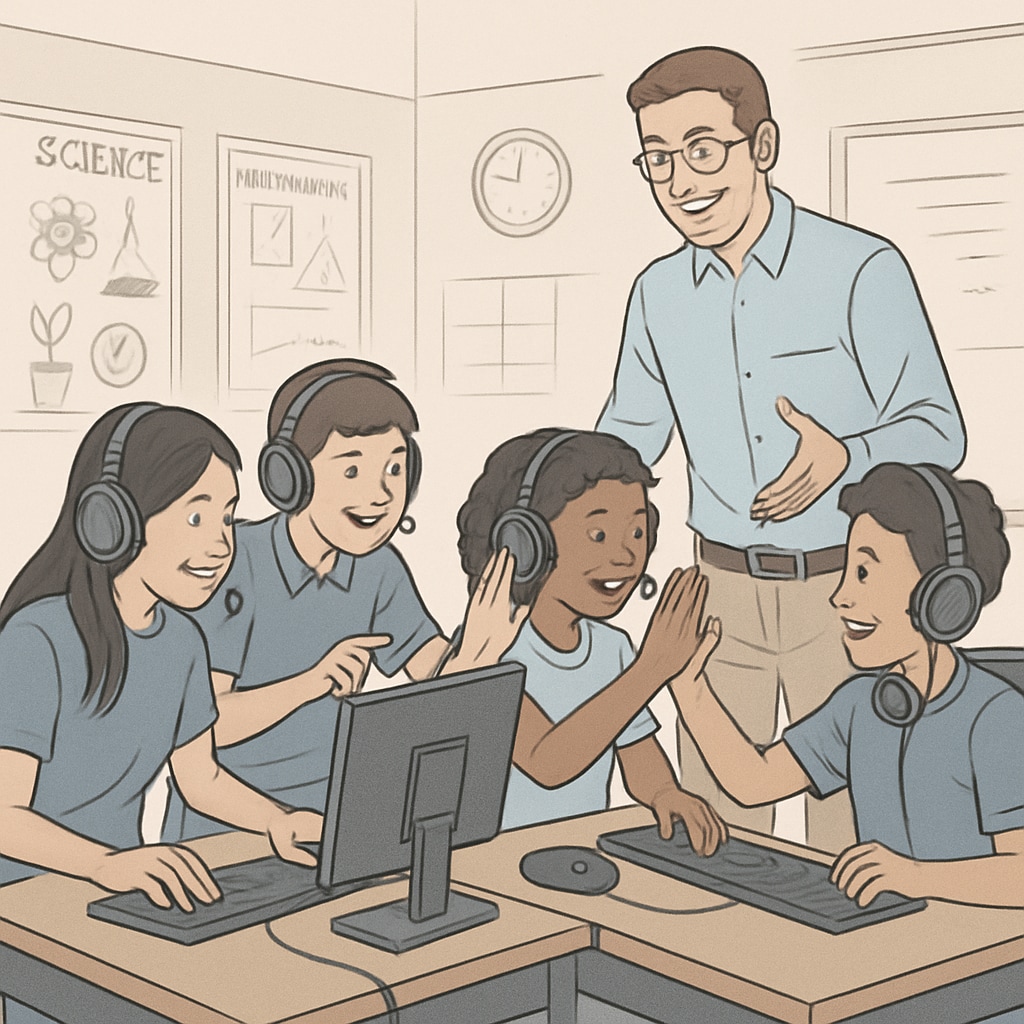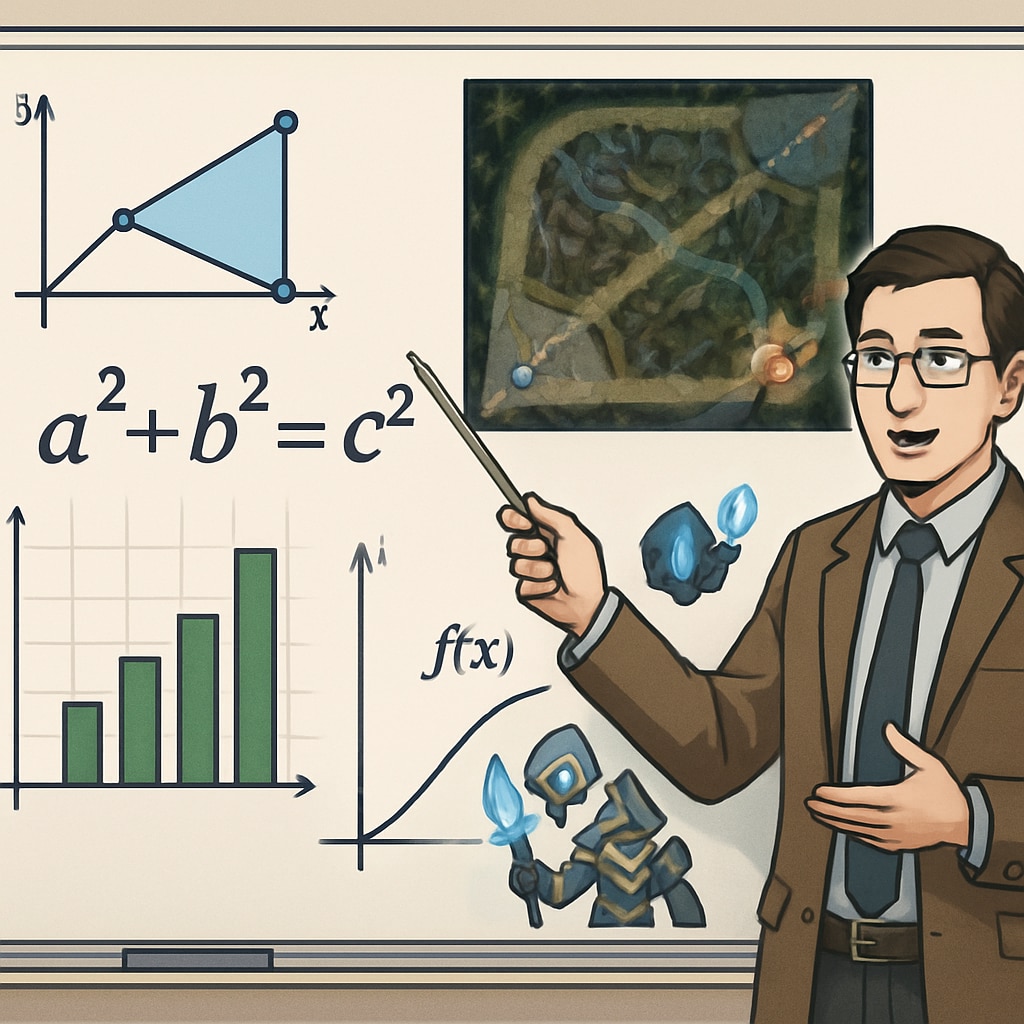In the evolving landscape of education, the synergy between game-based learning, esports, and education has opened a gateway to revolutionary teaching methods. GameClass and the North America Scholastic Esports Federation (NASEF) have forged a strategic partnership that has the potential to redefine learning for K-12 students. By connecting esports with core academic content, this initiative is transforming how educators engage students in the digital age, bringing game-like dynamics to traditional classrooms.
This innovative approach is already making waves, with over 9,000 esports clubs worldwide embracing this educational model. It’s not just about playing games; it’s about leveraging the competitive and collaborative nature of esports to teach critical skills like problem-solving, communication, and strategic thinking. The fusion of gaming and learning offers students a chance to explore their interests while building competencies that will serve them in real-world contexts.

How Game-based Learning Revolutionizes K-12 Education
Game-based learning involves using game mechanics—such as rewards, competition, and challenges—to create engaging educational experiences. When paired with esports, this method becomes even more powerful. For instance, learning math through the analysis of team statistics or improving language skills by creating persuasive arguments for a game strategy can make abstract concepts tangible and relatable.
Esports also foster collaboration and teamwork. Students often work in teams, communicating and strategizing to achieve a common goal. These skills are directly applicable to both academic settings and future workplaces. Furthermore, the competitive aspect of esports motivates students to persist through challenges, a critical component of growth and resilience.
Studies have shown that game-based learning can improve knowledge retention and engagement. When students are actively involved in their learning process, they are more likely to internalize and apply the concepts they encounter. As a result, esports combined with academics is proving to be an effective strategy for enhancing educational outcomes.

Esports as a Gateway to STEAM Education
The integration of esports in education is not limited to soft skills and engagement; it also provides a pathway into STEAM (Science, Technology, Engineering, Arts, and Mathematics) education. For example:
- Science: Students can explore physics concepts such as trajectory and velocity through in-game mechanics.
- Technology: Understanding game development and software engineering is a natural extension of interest in gaming.
- Engineering: Designing strategies for complex in-game systems mirrors the problem-solving required in engineering.
- Arts: Creative design and storytelling are integral to game design, offering opportunities for artistic expression.
- Mathematics: Statistics, probability, and geometry are frequently utilized in analyzing game performance and strategies.
This multidisciplinary approach transforms esports from a recreational activity into a rich, educational tool that equips students for a variety of career paths.
The Global Impact of GameClass and NASEF
GameClass and NASEF’s collaboration is not just a localized project; it’s a global movement. By supporting over 9,000 esports clubs, they are democratizing access to innovative education. Students from diverse backgrounds can now participate in game-based learning, breaking down barriers of geography, socio-economic status, and traditional educational limitations.
For educators, this partnership provides a structured framework to integrate esports into their curriculum. Resources, training, and tools are readily available to help teachers align gaming activities with academic standards. This ensures that the educational benefits of esports are maximized while maintaining a focus on learning objectives.
Furthermore, the initiative emphasizes inclusivity, offering opportunities for students who may not excel in traditional sports or academics to find their niche. This fosters a sense of belonging and builds self-confidence, which are critical for overall development.
To explore more about the educational potential of esports, visit Esports on Wikipedia or delve deeper into the concept of game-based learning through Educational Technology on Britannica.
As a result, the GameClass and NASEF partnership is laying the foundation for a new era of education, one that is engaging, inclusive, and relevant to the digital age. By connecting gaming with learning, they are not only preparing students for academic success but also equipping them with the skills needed for a rapidly evolving workforce.
Readability guidance: Short paragraphs, clear subheadings, and lists have been used to enhance readability. Transition words like “for example,” “as a result,” and “furthermore” ensure a smooth flow of ideas. The content balances active voice with concise academic explanations.


